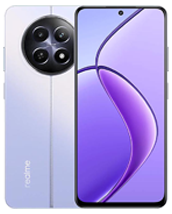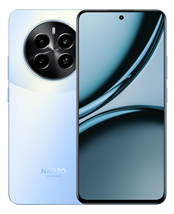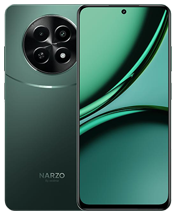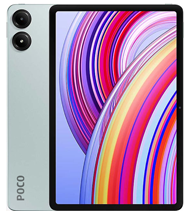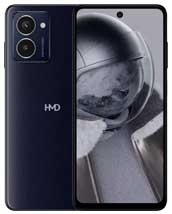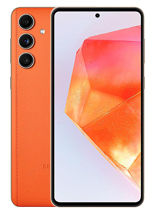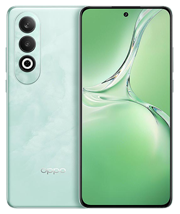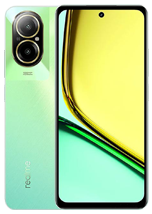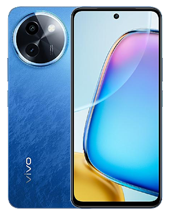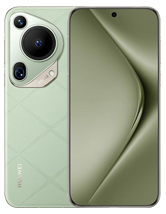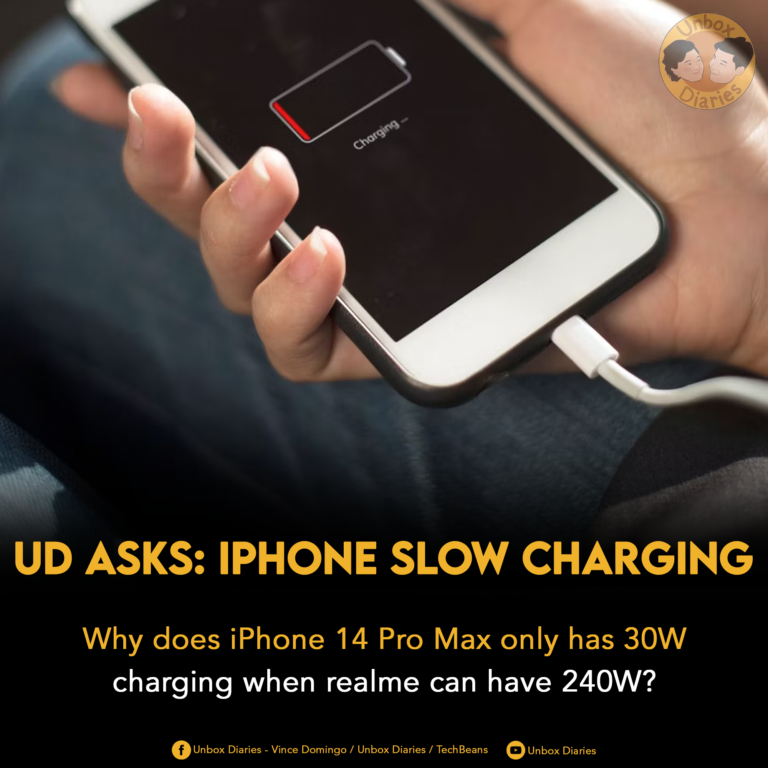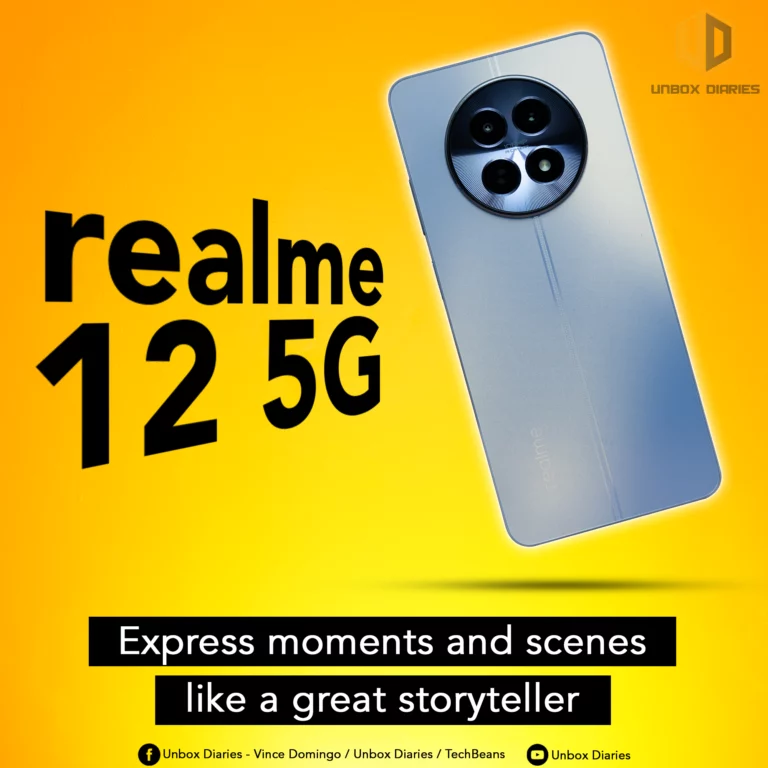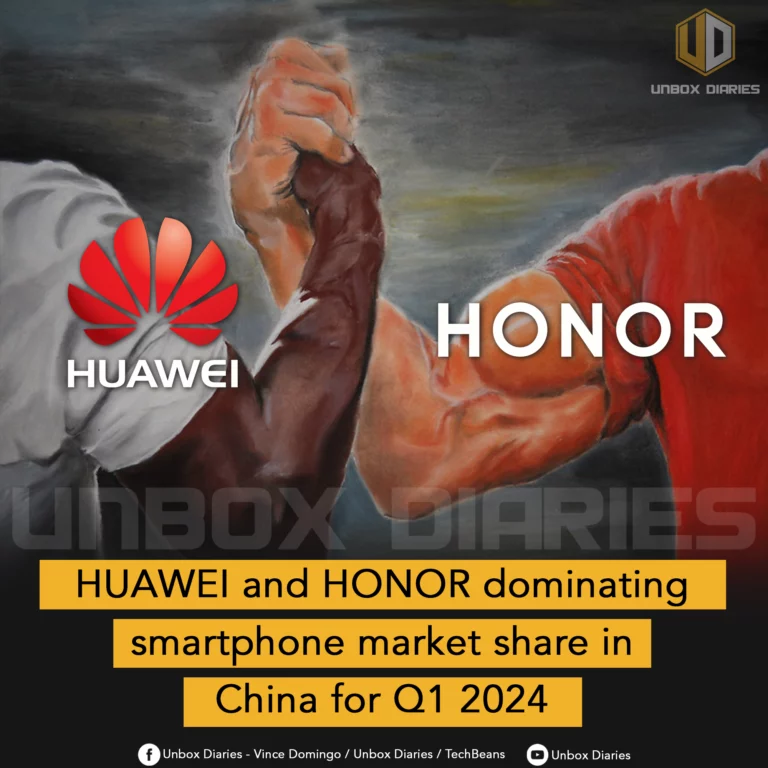Many Android smartphones available now offer incredibly quick charging. Realme just unveiled the Realme GT Neo 5, their latest flagship device, which enables up to 240W fast charging. In light of this, it begs the question of why the most latest iPhone, the iPhone 14 Pro Max, can support only 30W fast charging
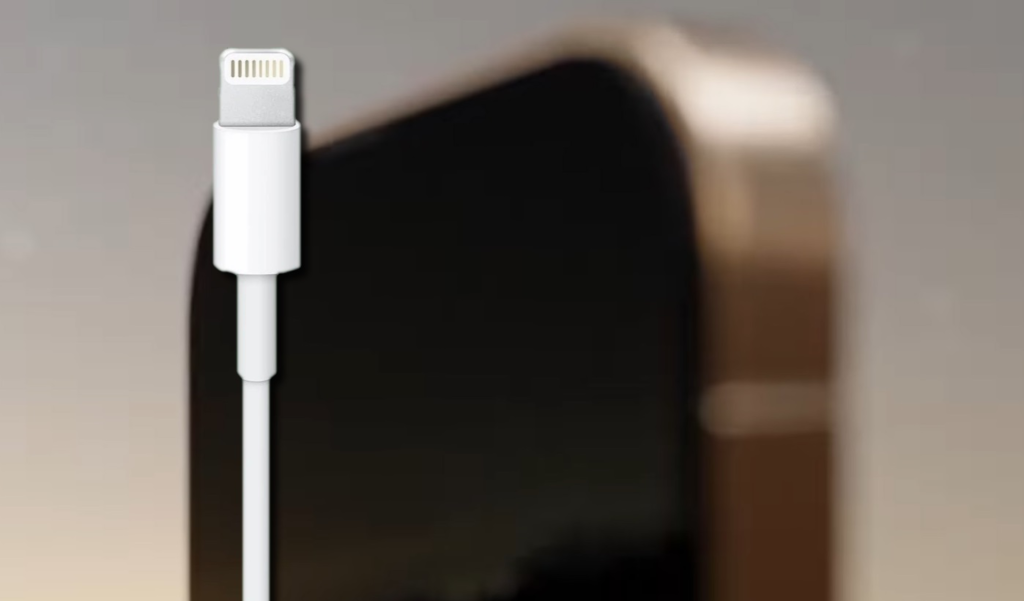
Smartphone charging support has improved over the years, from being a measly 5W, to a whopping 240W for the upcoming realme GT neo 5 and while android smartphones commonly boast ridiculously high fast charging speeds, why do Apple iPhones can only support up to 30W charging speed?
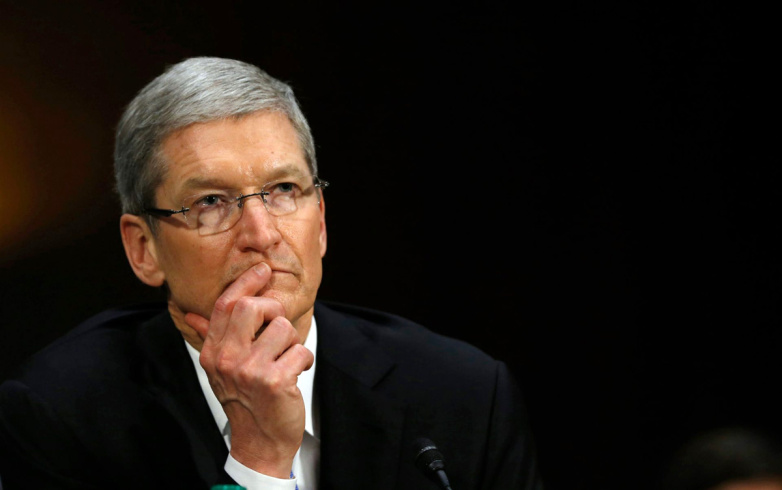
We can only speculate, but there are plenty of reasons why Apple chooses not to incorporate functionality that other companies do –
One: It usually involves waiting and watching; Second, it would be disastrous if even a handful of the hundreds of millions of iPhones that rapid charging is being used on explode. It’d be as awful as a Samsung Galaxy Note 7. Apple is obviously taking safety precautions with battery charging speeds. And three: Apple doesn’t need to compete with faster charging even if customers want it because iPhones already have enough differentiation thanks to features like iOS, iMessage, FaceTime, and others.
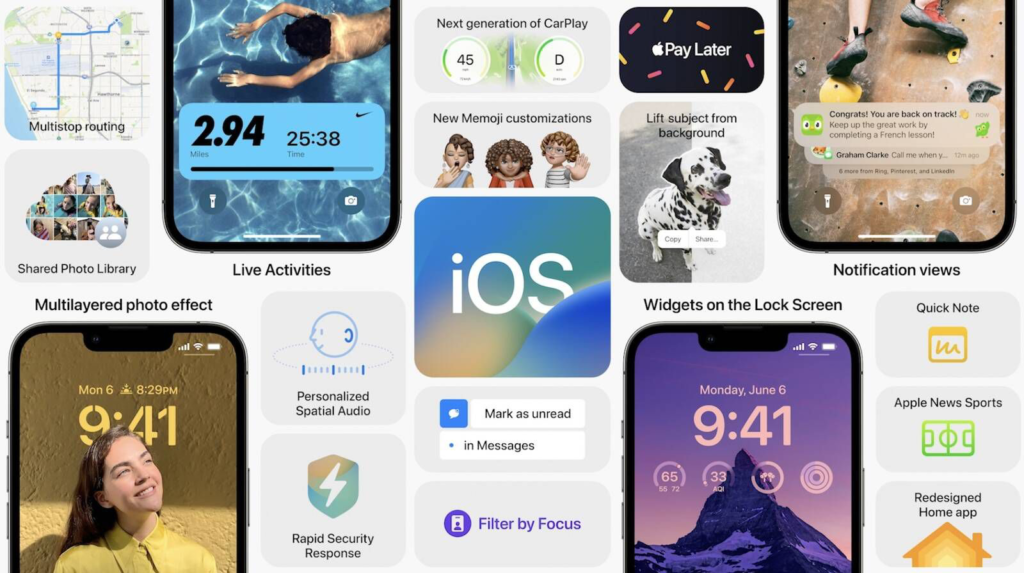
There is little reason for a leading manufacturer like Apple to take a risk of batteries failing early or bursting into flames. Particularly when advanced battery technology is being researched by so many companies, both for mobile technology and electric vehicles.
Perhaps faster charging isn’t as critical as more capacity or greater efficiency because most flagships charge sufficiently within an hour. Apple could introduce quicker charging for the iPhone, but it could not have a significant influence on consumer happiness and might shorten the battery’s life. 😉

